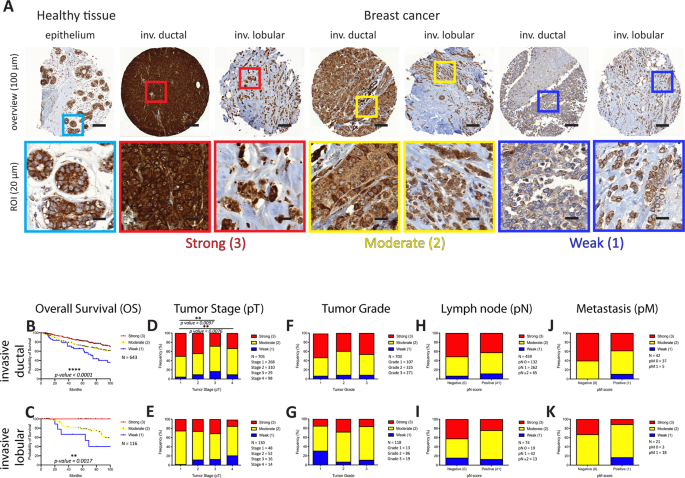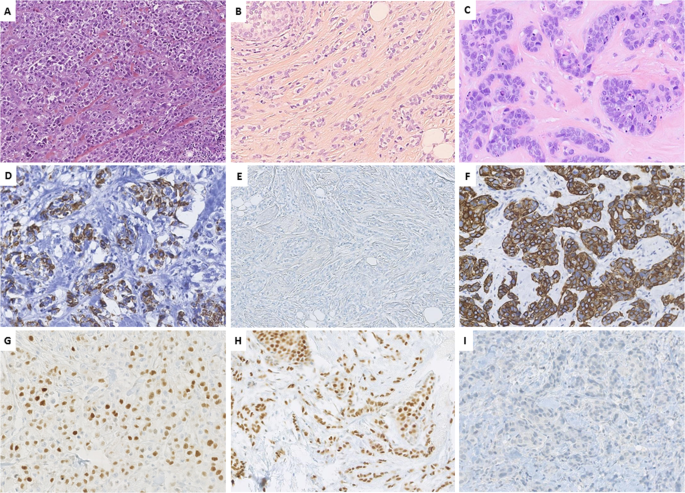|
Τρίτη 6 Απριλίου 2021
Cytoplasmic ADP-ribosylation levels correlate with markers of patient outcome in distinct human cancers
Recurrent novel HMGA2-NCOR2 fusions characterize a subset of keratin-positive giant cell-rich soft tissue tumors
|
PulmCrit Rant – Intermediate DVT prophylaxis in COVID: We need for better pants
|
Triple-negative breast lobular carcinoma: a luminal androgen receptor carcinoma with specific ESRRA mutations
|
IBCC – Stupor & Coma
|
Diagnostics for Gonorrhea and Chlamydia in the Emergency Department: Fight Smarter Not Harder
|
Boy with Abdominal Pain
|
Woman with ST Changes Following Days of Vomiting
|
ECG of the month: A “de Winter”-like ECG pattern in a patient presenting with progressive lethargy
|
Symptomatic Emergency Department Patients Should Undergo Empirical Therapy for Gonorrhea/Chlamydia Regardless of Testing
|
Bridging Oceans and Thrombolysis
|
Young Man with Odynophagia
|
Highlighting the Concepts of Local Exhaust Ventilation in Negative-Pressure Rooms
|







